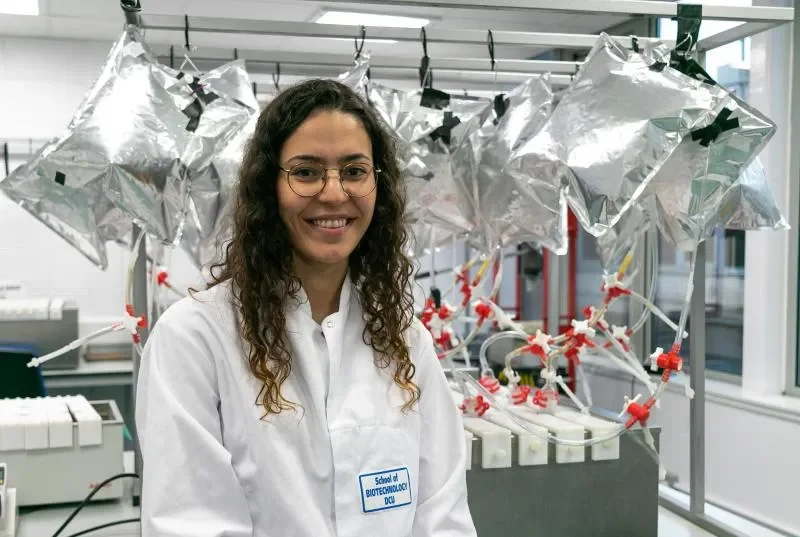

Continued Success for SoBT Researchers with Climate-Friendly Industrial Methodologies
A consortium led by researchers based in the School of Biotechnology at DCU continues to redefine the methodology employed in the distilling industry, towards improving sustainability in the workflows which are commonplace in distilleries the world over.
Asst. Profs. Gunes and Lawler, of the School of Biotechnology and the DCU Water Institute have recently published several works in this area in which they have developed new thermochemical pre-treatments towards the lignocellulosic structure of the biomass produced as part of the distilling process; namely, a waste material known as pot ale which is typically disposed of at landfills throughout the country, but which has also been shown to negatively impact on the environment in polluting not only the air, but the ground also.
A key aspect of these methodologies emerging from the School of Biotechnology is not only how they allow industry to now reduce the environmental impact of production of pot ale upon the environment, but capitalise on exploiting its chemical and physical properties as a substrate towards the production a clean, green energy in the process.
‘There is an increased focus on integrating renewable energy sources into industry settings in the interest of the environment‘, explains Dr. Gunes; first author on the recently published article, ‘and this stems from directives set by the European Union which have targeted total energy consumption to have a renewable quotient to the tune of 32%’.
‘As such research and development of processes which allow one to harness the likes of biomethane as an advanced biofuel from lignin-derived biomass such as that produced in large volumes as seen in the distilling industry is a rapidly growing area of interest’
Whiskey is one of the most consumed alcoholic beverages globally, and the market for such is rapidly expanding, particularly in Ireland and the UK. Due to the high organic content, acidicity and colour profile of the liquid waste produced as part of the whiskey distillation process, this industry ranks highly in terms of pollution produced and the negative impact such has on the environment. In fact, pot ale has been shown to negatively influence indices that typically promote the development and sustainability of ecosystems, by causing eutrophication when released into bodies of water, and damage to the surrounding earth, preventing seed germination when dumped in landfills.
‘In some cases, the nature of the material produced by the alcohol industry allows it to be repurposed in a sustainable way, for example, as part of animal feed for livestock. The physical and chemical nature of the biomass produced as part of the production of malt whiskey in particular however prevents it from being used in this manner, meaning most of it is disposed of in landfills or similar, much to the detriment of the environment’.
The consortium, which is comprised of researchers spanning the School of Mechanical and Manufacturing Engineering, the DCU Business School, and Alltech European Bioscience Centre, have seen several of their methodologies in this area published in the last number of months, and while the results are indeed promising, Dr. Gunes suggests further research is warranted if the European Union are to meet their targets.
‘We have formulated a process which allows the aforementioned pollutant to be subjected to workflows which not only make it fit for purpose as a livestock feed or an alternative for chemical fertilisers, but allows the user to harness a clean renewable energy source in biomethane from the pot ale material; a natural by-product of the process. While the results are promising on a micro scale, we need to start investigating this on a macro scale’.
‘Our simulations suggest our proposed processes will be successful when scaled up, and the sooner we employ and investigate these ‘no-waste’ processes at an industrial scale the better, owing to the benefits for alcohol industry, sectors like agriculture and green energy, but most importantly; the planet’.
For more information, the recently published article can be found here.
